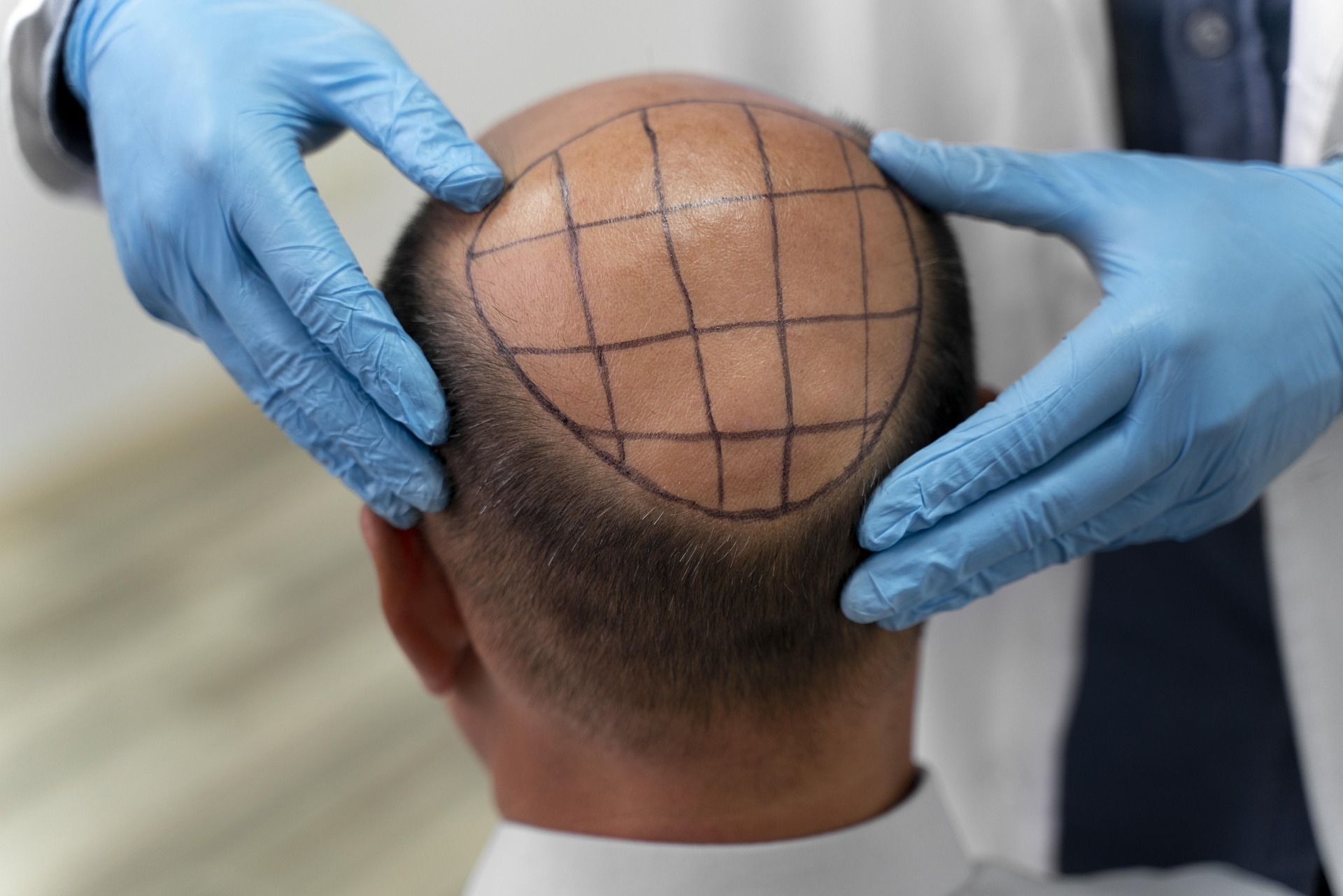The Evolution of Hair Transplantation: A Modern Approach to Restoring Confidence
Hair transplantation has come a long way since its inception, evolving into a sophisticated cosmetic procedure that can dramatically enhance one's appearance and self-esteem. This innovative technique has become increasingly popular among both men and women seeking to address hair loss and achieve a more youthful, vibrant look. From traditional methods to cutting-edge technologies, the field of hair transplantation continues to advance, offering hope to those struggling with thinning hair or baldness.

The process begins with a thorough consultation, during which a qualified surgeon assesses the patient’s hair loss pattern, donor hair availability, and overall health. Based on this evaluation, the surgeon develops a personalized treatment plan tailored to the individual’s needs and goals. The actual procedure can take several hours, depending on the extent of the transplantation required.
What are the different techniques used in hair transplantation?
There are two primary techniques used in modern hair transplantation: Follicular Unit Transplantation (FUT) and Follicular Unit Extraction (FUE). Both methods have their advantages and are chosen based on the patient’s specific requirements and the surgeon’s recommendation.
FUT, also known as the “strip method,” involves removing a strip of skin containing hair follicles from the donor area. The strip is then dissected into individual follicular units, which are transplanted into the recipient area. This technique can yield a larger number of grafts in a single session but may leave a linear scar at the donor site.
FUE, on the other hand, is a more advanced technique that involves extracting individual follicular units directly from the donor area using a small punch tool. These units are then transplanted into the recipient area. FUE is less invasive, leaves minimal scarring, and allows for a quicker recovery time. It is particularly suitable for patients who prefer to wear their hair short or those with limited donor hair availability.
Who is a good candidate for hair transplantation?
Hair transplantation can be an excellent solution for many individuals experiencing hair loss, but not everyone is an ideal candidate. Good candidates for the procedure typically include:
-
Men and women with pattern baldness or androgenetic alopecia
-
Individuals with stable hair loss that is not rapidly progressing
-
Those with sufficient donor hair to cover the balding areas
-
Patients in good overall health without underlying medical conditions that could impair healing
-
People with realistic expectations about the results of the procedure
It’s important to note that hair transplantation may not be suitable for those with diffuse hair loss, autoimmune disorders affecting hair growth, or severe scarring of the scalp. A thorough consultation with a qualified hair restoration specialist is essential to determine if you are a good candidate for the procedure.
What is the recovery process like after hair transplantation?
The recovery process following hair transplantation varies depending on the technique used and the extent of the procedure. Generally, patients can expect some discomfort, swelling, and redness in the treated areas for the first few days after surgery. Most individuals can return to work and normal activities within a week, although strenuous exercise should be avoided for at least two weeks.
It’s important to follow the post-operative care instructions provided by your surgeon, which may include:
-
Gently washing the scalp with a mild shampoo
-
Avoiding direct sunlight on the treated areas
-
Sleeping with your head elevated for the first few nights
-
Taking prescribed medications to manage pain and prevent infection
Patients should be aware that it’s normal for the transplanted hair to fall out within the first few weeks after the procedure. This is a temporary phase, and new hair growth typically begins within 3-4 months, with full results visible after 9-12 months.
Are there any alternatives to surgical hair transplantation?
While hair transplantation can provide dramatic and long-lasting results, it’s not the only option for addressing hair loss. Some alternatives include:
-
Topical medications like minoxidil
-
Oral medications such as finasteride
-
Low-level laser therapy (LLLT)
-
Platelet-rich plasma (PRP) treatments
-
Scalp micropigmentation
-
Hair systems or wigs
| Treatment | Invasiveness | Duration of Results | Typical Cost Range |
|---|---|---|---|
| Hair Transplantation | Surgical | Permanent | $4,000 - $15,000+ |
| Topical Medications | Non-invasive | Ongoing use required | $10 - $50 per month |
| Oral Medications | Non-invasive | Ongoing use required | $30 - $100 per month |
| LLLT | Non-invasive | Ongoing treatment required | $200 - $1,000 for device |
| PRP Treatments | Minimally invasive | 6-12 months | $500 - $2,000 per session |
| Scalp Micropigmentation | Minimally invasive | 3-5 years | $1,500 - $5,000 |
Prices, rates, or cost estimates mentioned in this article are based on the latest available information but may change over time. Independent research is advised before making financial decisions.
Each of these alternatives has its own set of advantages and limitations, and the best choice depends on individual factors such as the extent of hair loss, overall health, and personal preferences. Consulting with a hair restoration specialist can help determine the most suitable treatment option for your specific situation.
Hair transplantation has revolutionized the field of cosmetic procedures, offering a permanent solution to hair loss for many individuals. With ongoing advancements in techniques and technology, the future of hair restoration looks promising, providing hope and confidence to those seeking to regain their youthful appearance and self-assurance.
This article is for informational purposes only and should not be considered medical advice. Please consult a qualified healthcare professional for personalized guidance and treatment.






